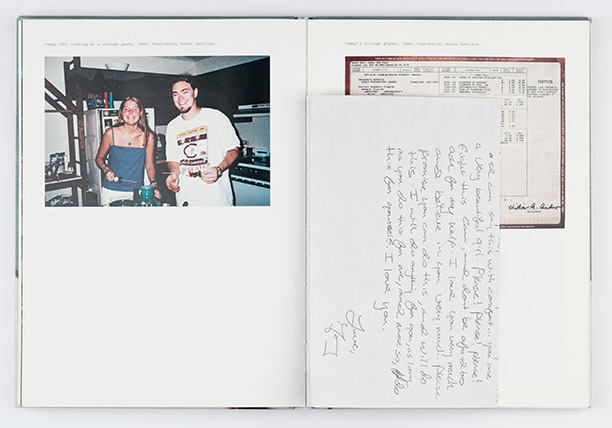
I have chosen to research a photobook named “The Epilogue”. The story of the book is about the Robinson family and the aftermath of losing their 26 year-old daughter named Mary Cameron Robinson, also known as Cammy. They lost Cammy due to the eating disorder, bulimia. This subject is quite heartbreaking as it showcases Cammy’s life before she passed away and highlights the effect that it has had on her family. It showcases how they come to terms with the death of their daughter due to this awful disease and how they deal with the grieving process. Cammy would make statements such as “I know I’m too skinny. I know and don’t want to be this way, but I don’t know how to get better.” These kind of statements were used within the photobook to get a raw adaptation of what her struggle was really like. The photobook is laid out in an order that shows her life in order before she passed away. It showcases a wide range of images referring to both her and objects that played an important role in her life, and also including shots of her family dealing with grief.
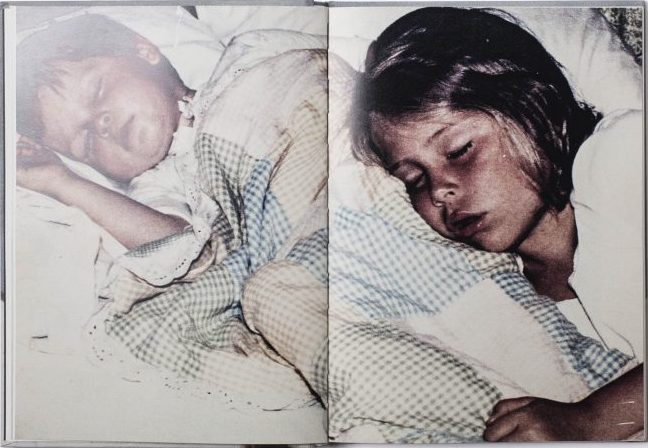

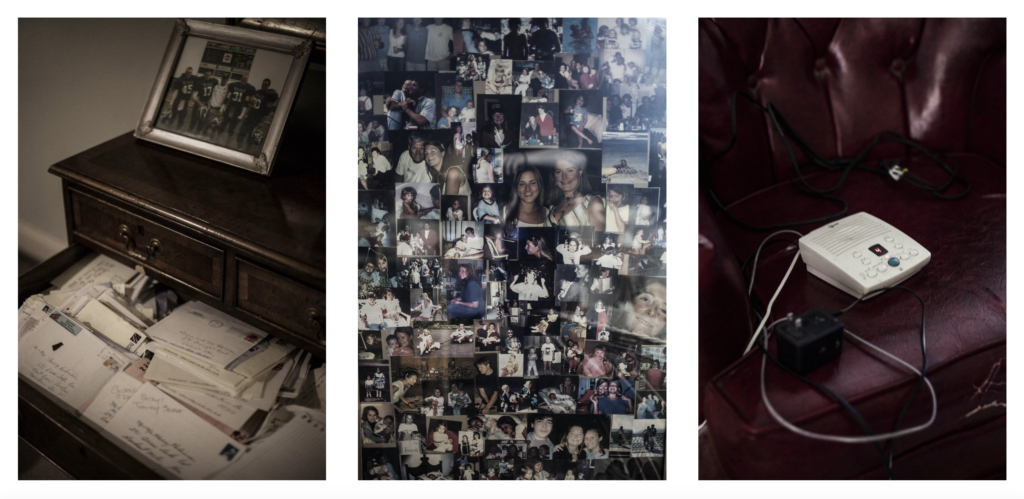
Who is the photographer?
The photographer is Laia Abril and she has received a wide range of reviews which all have positive outcomes. The book was mainly directed for the Robinson family and was used to showcase Cammy’s story. Abril stated that the family “understood right away my intention with the project, probably because their own healing process involved creating a small foundation in her daughter’s name.” In The Guardian newspaper, critic Sean O’Hagan goes on to write an article on this photobook and highlights that Abril stated “the uncomfortable aspects (of eating disorders) which nobody wanted to talk about” to “the collateral victims” of the illness.” She wanted to analyse the area regarding eating disorders to bring forth the real trouble and problem of the disorder. O’Hagan stated “It is a dense and rewarding evocation of grief, survival and the still-raw trauma of a family coming to terms with the loss of their most troubled loved one. The Epilogue is a book about absence, but it is also informed by Cammy’s abiding presence: her energy, her willfulness, her often clandestine struggle with a disorder that derailed her life and capsized the lives of those around her.” He also stated that “From time to time, I had to put it down, take a breather. But I kept going back.” (reference O’Hagan using Harvard)
Deconstructing the narrative, concept and design
The book feels quite heavy as it is a hardback book and also feels as if it contains a leather-like material as the front and back cover. It has quite a rough texture to it and contains an image of Cammy on the front and back cover with a navy blue rectangle in front of her face. The front cover contains the title inside the rectangle saying “The Epilogue”, and the back rectangle contains a blurb of the content that’s inside the book. Epilogue means “a section or speech at the end of a book or play that serves as a comment on or a conclusion to what has happened” This is relevant to the content in the book as it’s highlighting an end to Cammy’s life by showcasing the images of her before her life was taken and come to an end. The book has been stitched together with the technique of swiss binding which makes it look very neat and well put together. The book contains a variety of landscape and portrait photos, followed by the insertion of text when necessary to present interviews of the family members. The interviews are mainly placed next to images of the family members to present who said it and what they looked like.

The images are all assembled in a variety of sizes, some take up the whole page, some only take up a small section of the page, some expand to almost the same size as the page but contain a white border around the entire image. There are some pages that you can pull out to witness more content inside it, showcasing links to both images inserted.
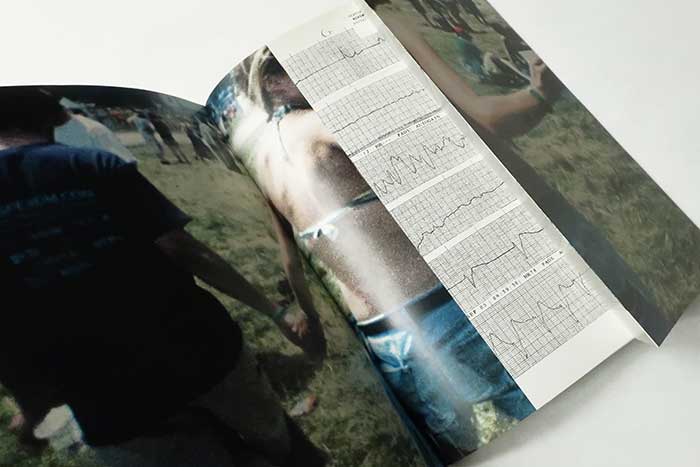

Example of one of the pull out pages
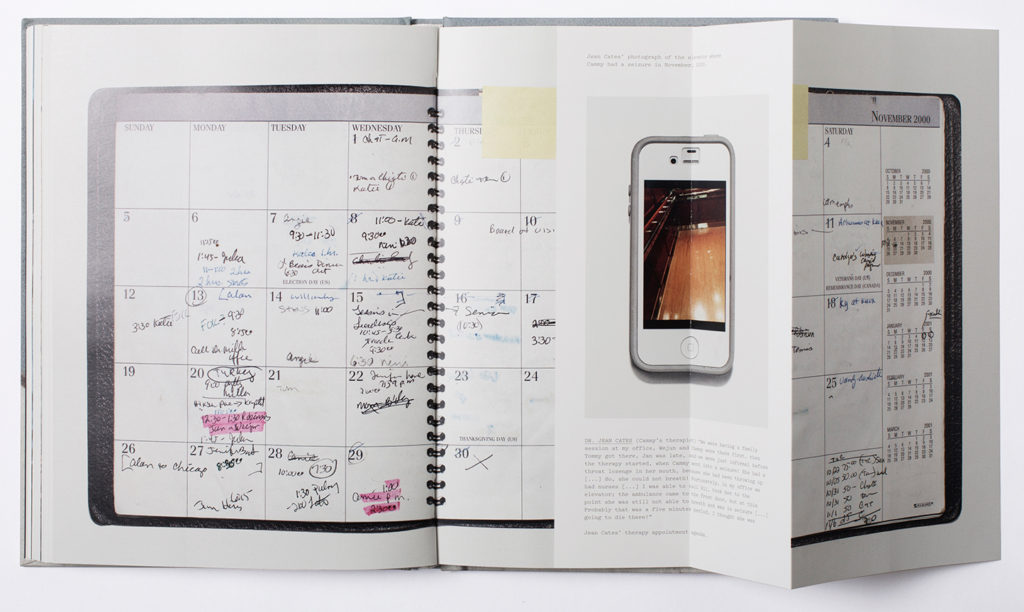
There are different materials inside the book such as glossy white paper for each page but there are also small inclusions of paper letters inserted in certain pages. There is a mix of colours within the images, including some black and white images and also some coloured images from disposable photos. They have quite a vintage colour scheme to them and are also quite grainy looking.
